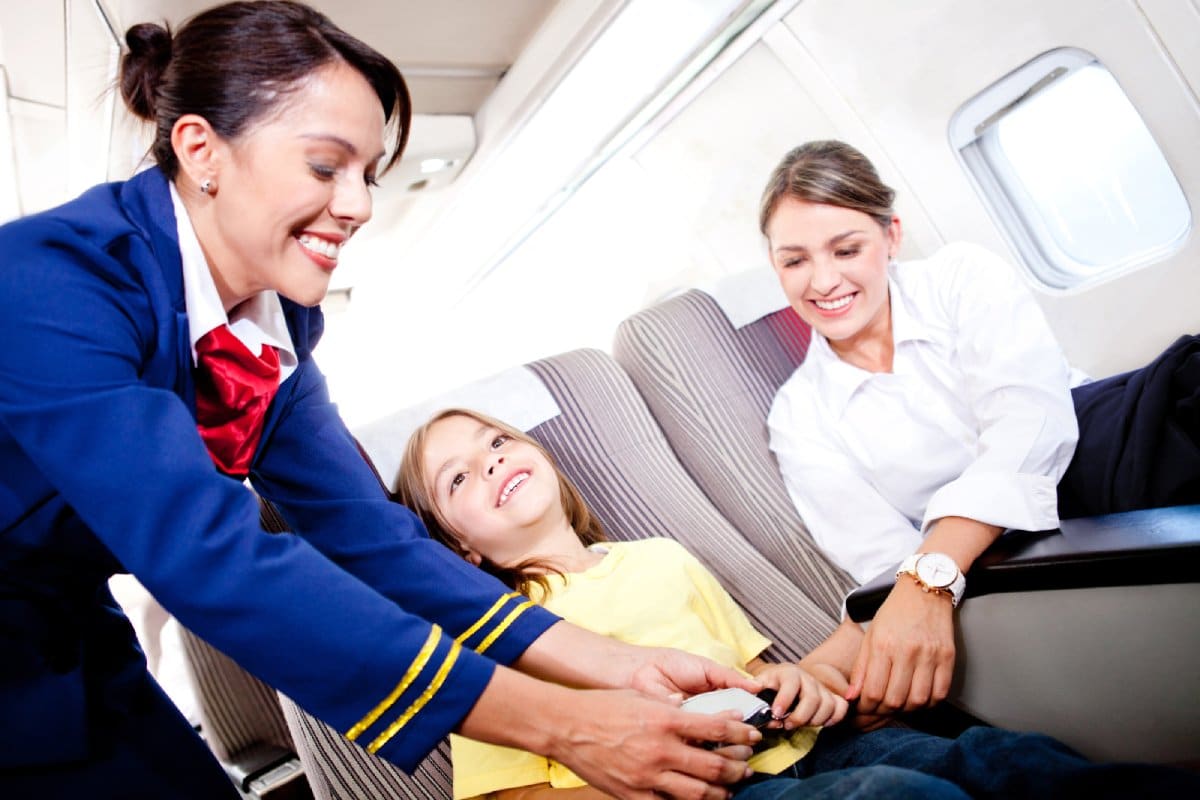Turbulence is more than just a few bumps on your flight; it can be a harrowing ordeal. Have you ever wondered why your flight felt like a roller coaster, and what exactly the airline isn’t telling you about those sudden jolts?
1. Turbulence Can Strike Without Warning

Despite modern technology, predicting turbulence with complete accuracy remains a challenge. Pilots often encounter unexpected rough patches, like the recent severe turbulence on a flight from Doha to Dublin that injured twelve people.
2. Not All Seats Are Created Equal

Sitting at the back of the plane? Brace yourself for a rougher ride. The tail of an airplane tends to feel turbulence more intensely than the front, where it’s often less severe.
3. Seatbelt Signs Are There for a Reason

Aircraft can drop several feet in a matter of seconds during turbulence, as passengers on the Qatar Airways flight discovered. Ignoring the seatbelt sign can lead to injuries if turbulence hits unexpectedly.
4. Turbulence Is a Top Cause of In-Flight Injury

Turbulence is the leading cause of injuries to airline passengers and crew in non-fatal accidents. Even minor turbulence can cause injuries if passengers are not properly buckled up.
5. Pilots Often Adjust Altitude to Avoid Turbulence

Pilots will frequently change the flight altitude in an attempt to find smoother conditions. However, even these maneuvers can’t guarantee a bump-free ride.
6. Turbulence Isn’t Just Uncomfortable, It’s Expensive

Dealing with turbulence-related delays and injuries can rack up significant costs for airlines, from medical expenses to compensation and aircraft inspections.
7. The Size of the Plane Matters

Generally, larger aircraft are better equipped to handle turbulence, providing a slightly smoother experience than smaller planes. However, no aircraft is immune to the forces of nature.
8. Climate Change Could Make Turbulence Worse

Research suggests that global warming is likely to increase the amount of severe turbulence encountered by planes. Warmer temperatures disrupt airflow and intensify weather patterns.
9. Your Flight Crew Is Trained for Turbulence

Airlines extensively train their crew to handle turbulence, from securing the cabin to providing first aid. Crew members are your best resource if you’re feeling anxious.
10. Turbulence Won’t Crash Your Plane

Despite the discomfort and potential for injury, turbulence very rarely causes structural damage to modern aircraft. Planes are built to withstand much more than rough air.
11. Communication Is Key

Good communication from the cockpit can alleviate passenger anxiety during turbulence. Pilots and crew try to provide updates and reassurance throughout the ordeal.
12. There Are Optimal Times to Fly

Flying in the morning can often result in less turbulence, as the heating of the earth’s surface later in the day can create more unstable air conditions.
13. Check the Weather Before You Fly

Looking at weather patterns and storm forecasts can give you an idea of what to expect. Some apps provide real-time turbulence forecasts.
14. Alcohol Amplifies Turbulence Effects

While it might be tempting to calm your nerves with a drink, alcohol can lower your body’s ability to cope with the stress of turbulence and increase nausea.
15. Flight Paths Are Regularly Adjusted

To avoid known areas of turbulence, pilots may alter flight paths, which can sometimes extend your flight time but ensure a safer, smoother experience.
16. Turbulence Is Worse at Certain Heights

Turbulence often occurs at lower altitudes in the atmosphere, particularly near jet streams and mountain ranges, where wind patterns can be more chaotic.
17. Some Airports Are Prone to Turbulence

Airports near mountains, water bodies, or those that experience high winds are more likely to have turbulent approaches and takeoffs.
18. It’s Okay to Be Scared

Fear of flying is common, and turbulence can exacerbate these fears. Recognizing your fear and using relaxation techniques can help manage your anxiety during a flight.
19. Children’s Safety Devices Are Crucial

For parents flying with young children, ensuring they have appropriate safety gear, like a child harness, can prevent injuries during turbulence.
20. Drink Service May Be Suspended

During severe turbulence, flight attendants are required to suspend drink and meal service and secure the cabin, which might disrupt your flight experience but ensures everyone’s safety.
21. Some Regions Are Turbulence Hotspots

Certain areas, such as the Intertropical Convergence Zone near the equator, are known for frequent and severe turbulence due to the mixing of air masses.
Stay Informed and Prepared

Understanding these aspects of turbulence can help you prepare better for your next flight. While turbulence is an inevitable part of flying, knowing what to expect and how to handle it can make your travel experience much less stressful. Remember, the crew is trained to handle these situations and ensure your safety.
The post What Airlines Don’t Tell You About Turbulence first appeared on Mama Say What?!
Featured Image Credit: Shutterstock / ESB Professional.
For transparency, this content was partly developed with AI assistance and carefully curated by an experienced editor to be informative and ensure accuracy.





